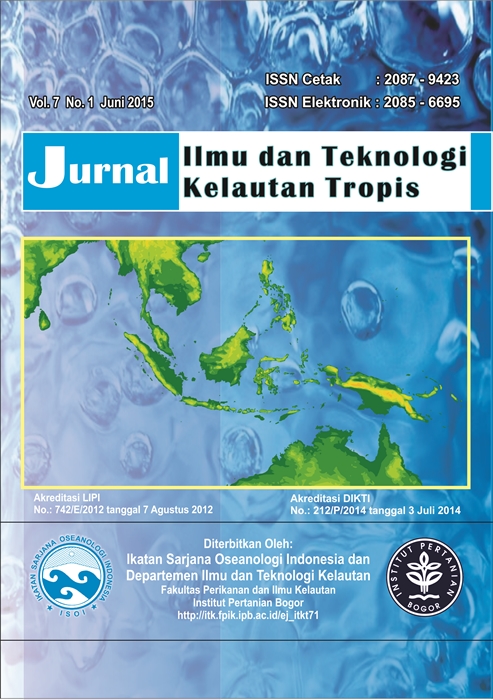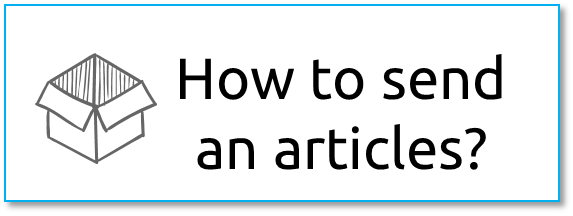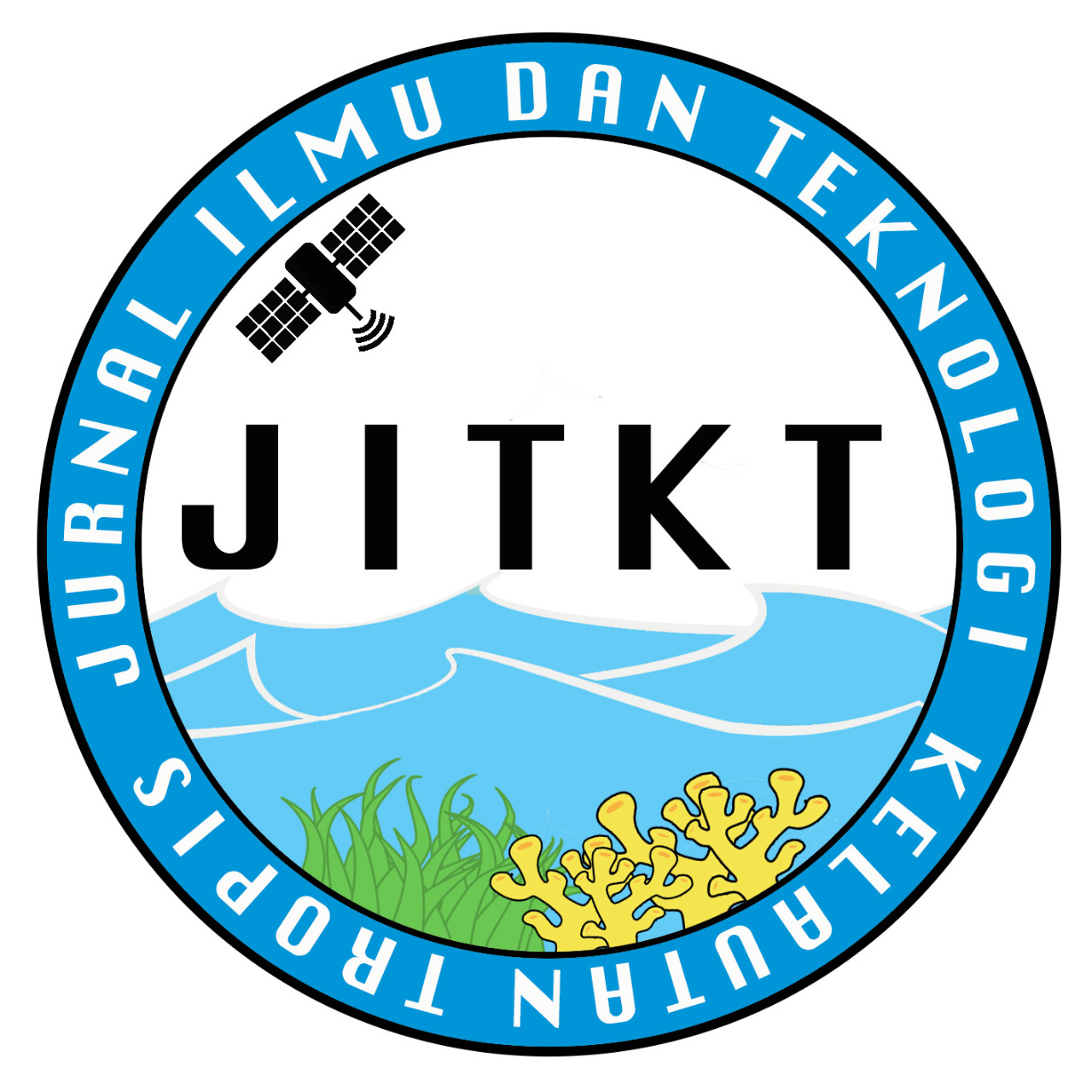ON SEAWEED CULTURE BASED COASTAL AREA DEVELOPMENT IN WEST SUMBAWA REGENCY
Abstract
Seaweed cultivation is one of current coastal development activities in the west Sumbawa regency. Coastal region in the west Sumbawa regency that be used for seaweed cultivation was about 1,550 ha, however, its utilization was still limited of about 536 ha (34.58%). Seaweed farming activities were only carried out in some locations of the subdistrict of Taliwang and Pototano, west Sumbawa. Sustainability analysis of seaweed cultivation was done by Multidimensional scaling method using Rapid Appraisal Seaweed (Rapseaweed). Based on sustainability status of seaweed cultivation, the long line methods was less sustainable with sustanability index of 49.28 and the ‘anchored’ method produced better sustainability of 61.02 index value. A technological dimension is needed for seaweed farming development in order to produce better sustainability. Other dimensions for seaweed farming improvement are ecological, economic, social, and institutional. To reach a sustainable seaweed cultivation in the west Sumbawa regency, farmers and other stake holders should increase the utilization of available coastal region for seaweed farming activities by having the availability of the market and seeds, guarantees access to capital, increasing skills and knowledge of farmers, provide the drying and storage facilities, and develop the seaweed processing industry.
Keywords: seaweed, value index, sustainability status, Rapseaweed
Downloads
The author submitting the manuscript must understand and agree that the copyright of the article manuscript must be submitted/transferred to the Jurnal Ilmu dan Teknologi Kelautan Tropis. This work is licensed under the Creative Commons Attribution-ShareAlike 4.0 (CC BY-SA) International License in which the Author and Reader can copy and redistribute the material in any media or format, and remix, modify and build material for any purpose, but they must provide appropriate credit (citing articles or content), provide a link to the license, and indicate whether there is a change. If you mix, change, or create material, you must distribute your contribution under the same license as the original.



.png)














